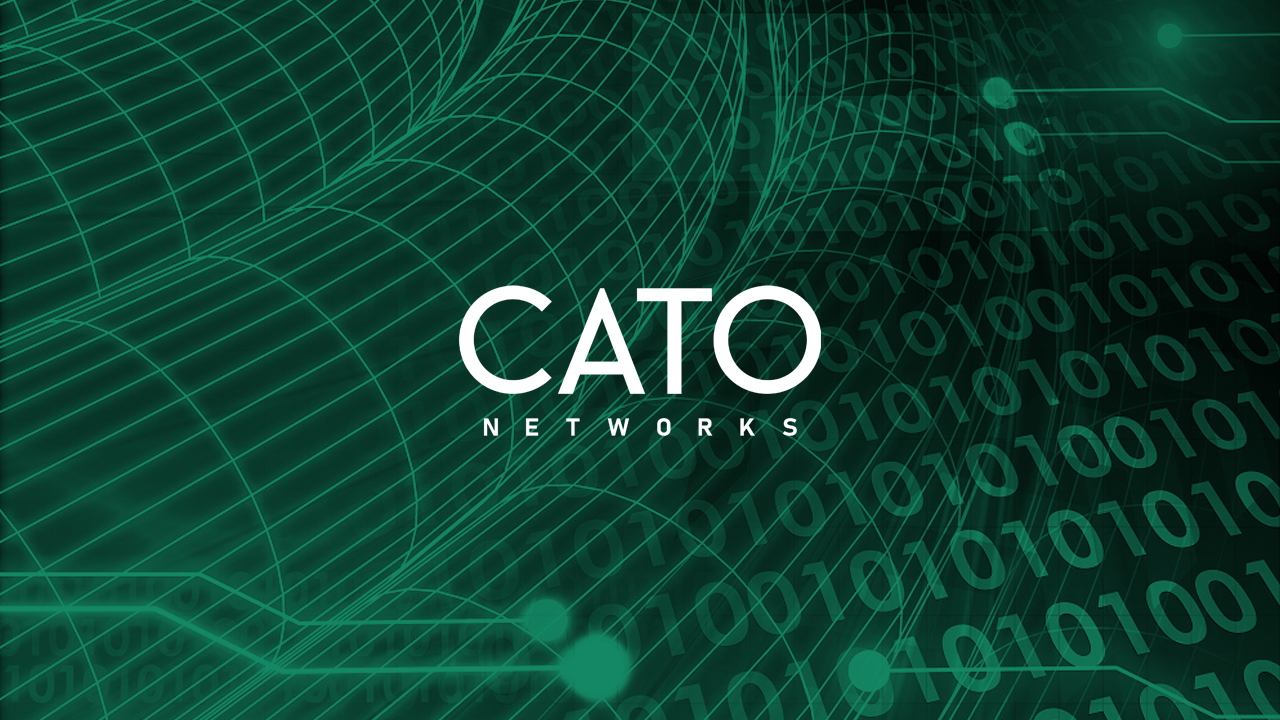What’s transitioning like to SD-WAN? ask Nick Dell. The IT manager at a leading automotive parts manufacturer recently shared his experience transitioning his company from MPLS to Cato SD-WAN. throughout the webinar, we spoke concerning the reasons behind the decision, the differences between carrier-managed SD-WAN services and cloud-based SD-WAN, and the insights he gained from his experience.
Dell’s company has been in business for over sixty years and employs 2,000 individuals placed across 9 locations. Manufacturing plants needed non-stop network connectivity to make sure delivery to Ford, Toyota, GM, Tesla, and Volkswagen. Important applications included cloud ERP and VoIP.
Before moving to SD-WAN, the company used an MPLS provider that managed everything. The carrier provided a comprehensive solution to deal with the crucial uptime needs by having 3 cloud firewalls at every data center, and an LTE wireless backup at every location. After they signed the agreement with the MPLS provider, the solution appeared to be precisely what they needed to support their applications and uptime needs. However, they quickly discovered issues with the MPLS solution that were impacting the business.
The Catalyst to make a change
Dell noticed several challenges with the MPLS service:
#1 bandwidth — Usage would peak at certain times and therefore the provider’s QoS configuration didn’t work properly. Nick wished to add bandwidth, but for some sites, the MPLS provider offered solely restricted or no fiber connections. For instance, the MPLS provider would say fiber isn’t offered at a definite site, however, the local LEC delivered the T1s using fiber.
#2 internet Configuration Failures — the company also wished to provide OEM partners access the cloud ERP system, however, the MPLS provider was unable to successfully configure Internet-based VPNs for the partners. Internet failover also failed to work as promised. when sites would fail, not all components would switchover properly, making failures in application delivery.
#3 Authentication Failures — The user authentication functionality provided by the MPLS provider was purported to help once users would move their laptops or different endpoints from wired to wireless connections. However, the authentication method usually failed, leaving users without internet access. Only after 2 years did the provider propose a solution – software that would cost $5,000 and need installing agents on all the laptops.
These problems manifested themselves in everyday operations. Someone sending an email with a large attachment would cause the ERP system to be slow to respond, that successively caused delays in getting shipments out.
Dell and other leadership knew it was time for a change. They needed high availability internet with more bandwidth that worked as designed. Moreover, they needed a provider that will work in a partner relationship that would deliver 100 percent internet uptime, fiber to all or any locations, offer a lower-cost solution, and embody all-in-one security.
The Catalyst to make a change
Dell investigated 3 SD-WAN scenarios to switch the MPLS network.
- Carrier Managed SD-WAN
- Appliance-based SD-WAN
- Cloud-based SD-WAN
Moving to SD-WAN with a similar carrier they were using for MPLS appeared like a simple move, however, Dell wasn’t inclined to deal with some of the same problems with poor service, and a “ticket-taker” attitude instead of problem-solving. The carrier conjointly couldn’t guarantee a 4-hour replacement window for the SD-WAN hardware.
The appliance-based SD-WAN solution would free them from the carrier problems, and ownership and management of the solution would fall to Dell and his team. The direct costs were high, and security wasn’t integral to the solution.
Dell also looked into different Cloud-based SD-WAN providers, however because of their size, the provider wished to put them with an MSP where SD-WAN isn’t their core business. The solution didn’t give full security so they would need to buy further security appliances. The provider could also not guarantee a 4-hour response time to exchange failed hardware.
Why Cato
With the Cato Cloud solution, Dell can decide on any ISP available at every location and now have fiber at all locations with 5-20x additional bandwidth than before. This has allowed them to possess additional redundancy to the internet and High availability (HA) – with each line and appliances – at every location. The bandwidth constraints are gone and QoS works. once there’s downtime, the failover process works of course.
Describing the deployment experience as quick and simple, Dell only needed a 30-minute lunch break to cut over one location that previously was one amongst the most troublesome with outages and backup problems.
One of the driving factors that convinced Dell to go with Cato was the support, that he describes as “transparent and fast to resolve” problems. “They hear us, they want to solve our issues,” says Dell. He was also pleasantly shocked that Cato was the sole vendor of all the solutions they investigated that didn’t try to attempt to cash in on a solution with a recurring fee.
Dell demonstrated his ROI on the Cato solution in a few ways that. bandwidth has enhanced considerably, the accumulated network visibility lets him troubleshoot quicker, security is integrated, and at the same time, overall costs have been reduced by 25th. Users’ satisfaction is also down. Users are less annoyed because they’re not “being blocked from websites,” he says. As for IT, well, they’re also less frustrating because handling support and opening tickets are, as Nick place it, “…so simple now.”

Download Free Cato Networks Resource
Get access to authentic content from one of the leading cyber security experts in the world from the Philippines’ premiere technology provider.





